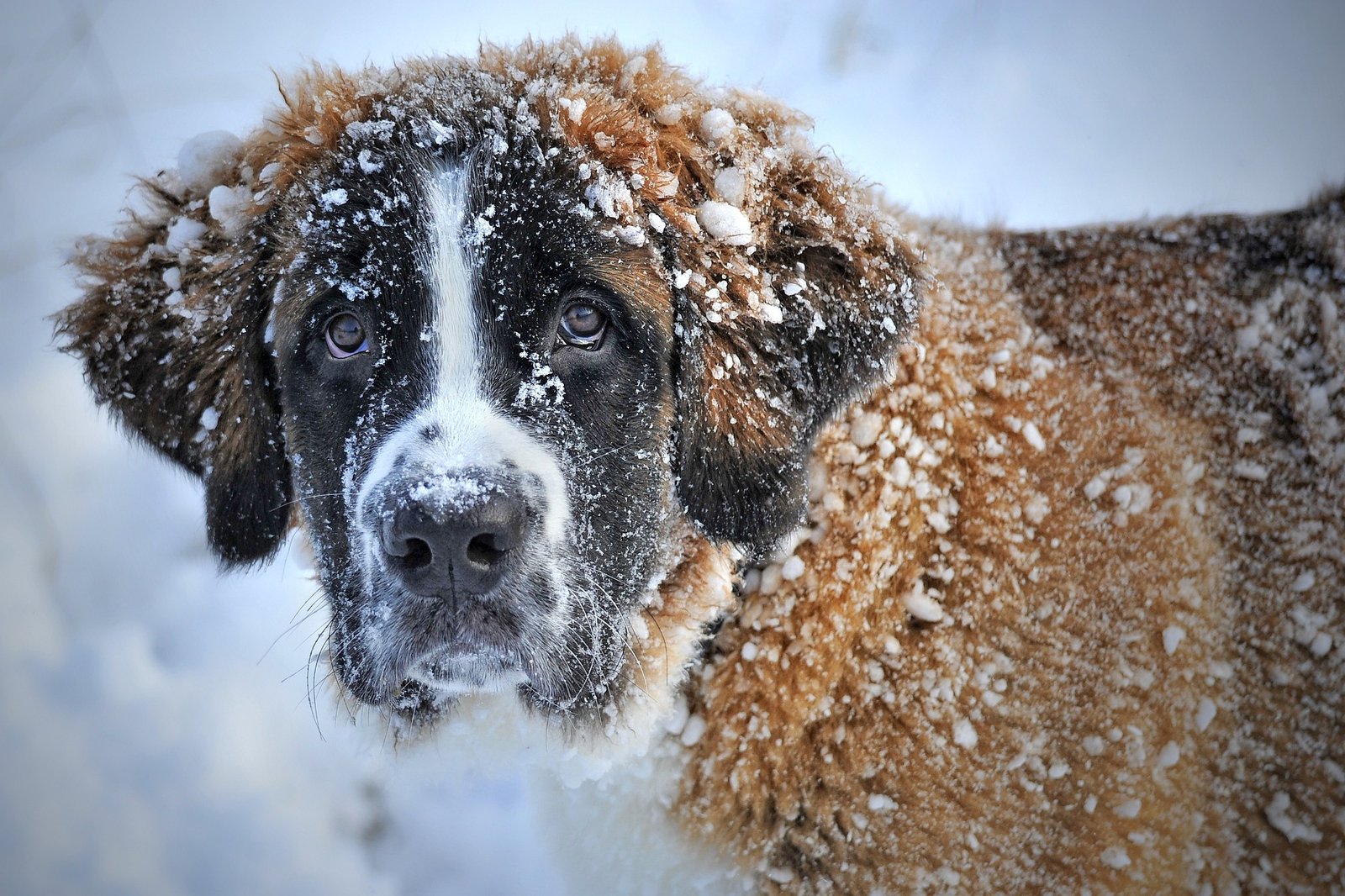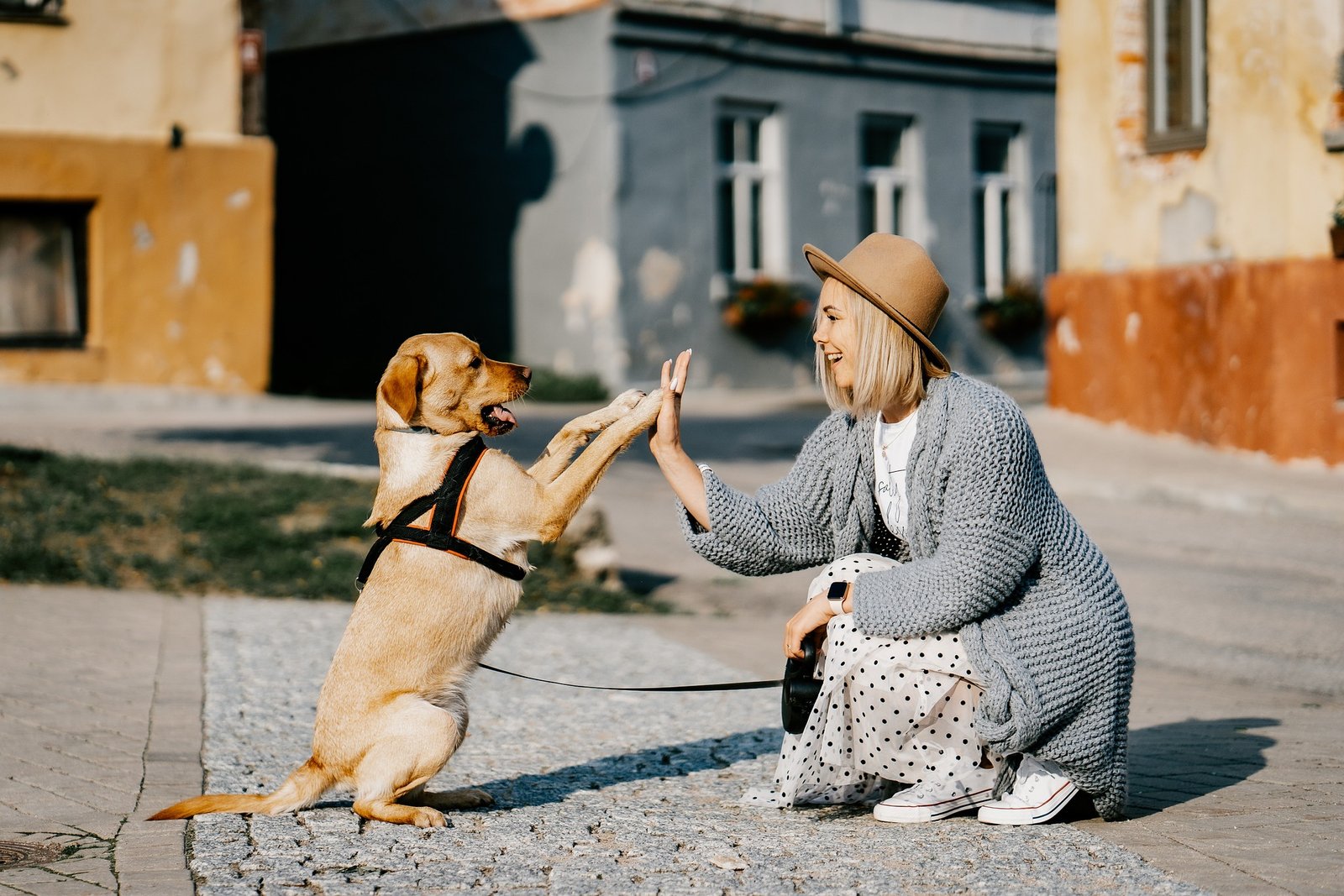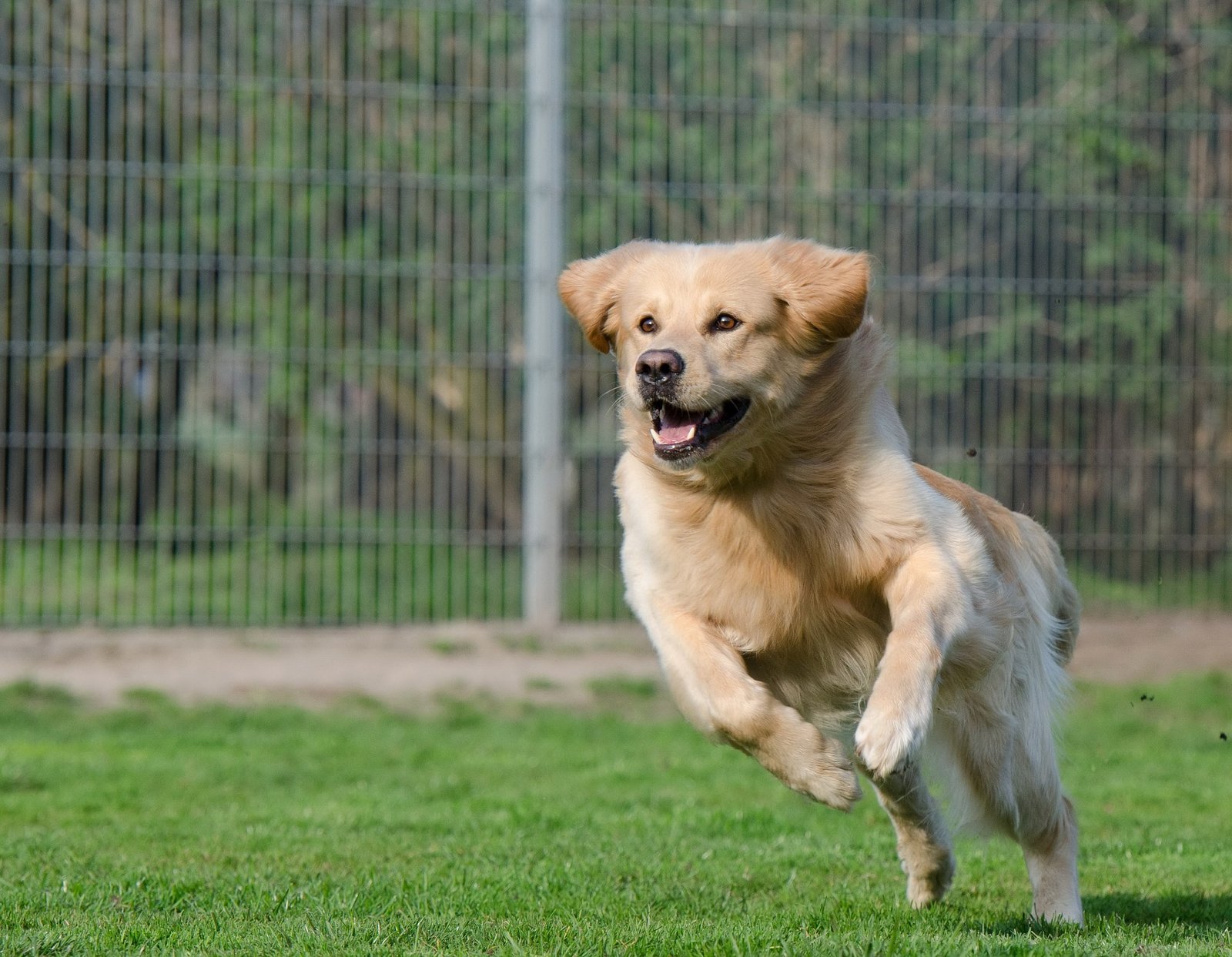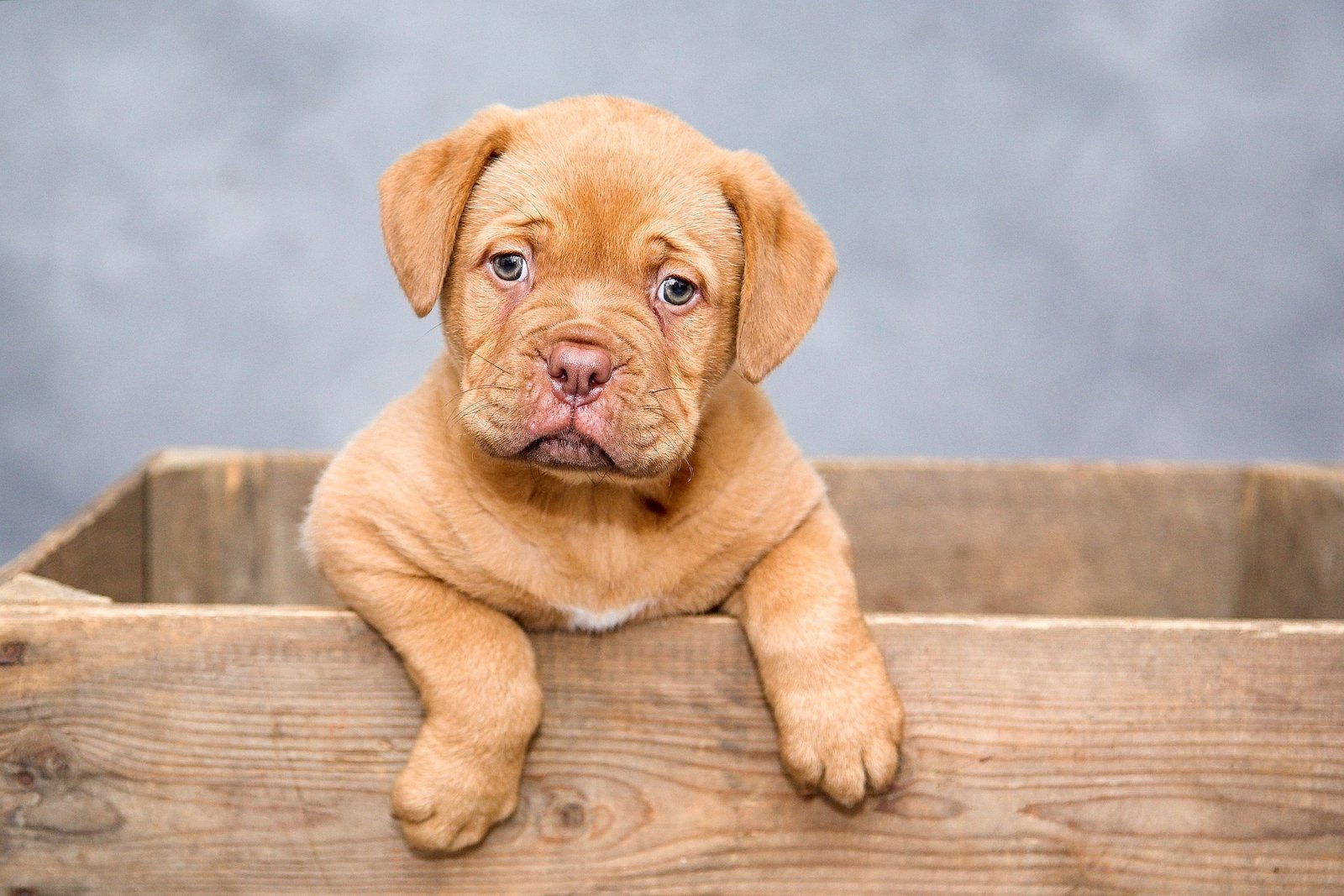
How Can I Tell If My Cat or Dog Is Too Cold?
As the temperatures drop, pet owners often wonder how their furry friends are coping with the chilly weather. Just like humans, cats and dogs can feel the cold, but they may not always show it in ways we expect. So, how can you tell if your pet is too cold? Let’s explore some signs of discomfort and provide tips on keeping your pets warm and cozy during the winter months.
Do Dogs Get Cold?
Absolutely! While some dog breeds are better suited for cold weather due to their thick fur and natural insulation, many dogs can feel the chill just like we do. Small breeds, short-haired dogs, and older dogs, in particular, may struggle with colder temperatures. It’s important to remember that just because a dog has fur doesn’t mean they are immune to the cold. Each dog is different, and individual factors such as age, health, and activity level play significant roles in their ability to handle chilly conditions. Here are some signs that your dog might be too cold:
Signs Your Dog Is Cold
- Shivering: One of the most obvious signs of discomfort, shivering can indicate that your dog get cold. If you notice your pup shaking, it’s time to get them inside or provide a warm blanket. Some dogs may even shake in a way that resembles anxiety, so it’s crucial to distinguish between the two.
- Whining or Barking: If your dog seems more vocal than usual, it might be a sign that they’re uncomfortable or anxious about the cold. Keep an eye on them—vocalizations can be their way of expressing discomfort or seeking reassurance from you.
- Seeking Shelter: If your dog is trying to burrow under blankets, cuddle with you, or find a warm spot, then your dog get cold. This instinctual behavior shows that your dog is looking for warmth and comfort, so it’s essential to provide them with a safe, warm place.
- Lifting Paws Off the Ground: Dogs may lift their paws off the ground when it’s too cold, as the cold surface can be uncomfortable. Watch for them trying to shake off the cold or reluctance to walk on snowy or icy surfaces. If your dog frequently pauses during walks to lift their paws, they’re likely experiencing discomfort and your dog get cold.
- Changes in Behavior: If your normally active dog seems lethargic or is hesitant to go outside, it might be because they’re feeling cold. Look for signs of withdrawal or reluctance to engage in play, which may indicate they’re not feeling their best.
Keeping Your Dog Warm
Dress for Success: Consider getting your dog a well-fitted sweater or coat, especially for short-haired breeds or small dogs. A properly fitted garment can trap heat and keep your pet cozy during walks or outdoor play.
Limit Outdoor Time: If the weather is particularly harsh, limit your dog’s time outside, especially during walks. This is especially crucial during extreme cold snaps or when the wind chill is severe. Quick bathroom breaks are fine, but prolonged exposure can be harmful.
Provide a Warm Bed: Ensure your dog has a warm, cozy place to sleep indoors, preferably off cold floors. You can elevate their bed with a blanket or use a heated pet bed for added comfort. A warm bed can make a world of difference in your dog’s overall comfort during cold nights.
Do Cats Get Cold?
Yes, cats can get cold too! While they tend to be more independent and may seem unfazed by lower temperatures, they still feel the cold and can become uncomfortable. Cats that are older, short-haired, or have health issues are particularly susceptible to the chill. It’s a common misconception that indoor cats are always warm; they, too, need protection from colder temperatures. Here are some signs that your cat might be too cold:
Signs Your Cat Is Cold
- Curling Up: If your cat is tightly curled up in a ball, it may be trying to conserve heat. While this can be normal behavior, excessive curling can be a sign of discomfort. Observe if they frequently seek out small, enclosed spaces, which can indicate they are looking for warmth.
- Increased Vocalization: Cats may meow more or make other sounds when they’re feeling cold or anxious about the temperature. If you notice your cat becoming more vocal than usual, it may be their way of communicating discomfort.
- Seeking Warm Spots: If your cat is gravitating towards heaters, sunny windows, or cuddling up to you more than usual, they might be looking for warmth. Cats are naturally drawn to warmth, so providing them with cozy spots around the house is essential.
- Paw Lifting: Just like dogs, cats may lift their paws off cold surfaces, or they may be hesitant to walk on cold floors. If your cat is frequently seen inspecting surfaces with their paws before stepping on them, it may be a sign that they’re feeling the chill.
- Changes in Grooming: If your cat is less interested in grooming, it may be a sign that they’re feeling unwell or uncomfortable. Cats groom to maintain their body temperature, and a lack of grooming can indicate they’re too cold to care.
Keeping Your Cat Warm
Create Cozy Spots: Provide your cat with warm blankets or a heated pet bed in their favorite resting spots. Cats love to burrow, so offering them a soft blanket or even a cat cave can help them retain body heat.
Limit Outdoor Time: Keep your cat indoors during cold weather, especially if they’re not used to it. If they do venture outside, monitor their time outdoors. It’s crucial to bring them in if temperatures drop significantly.
Check for Drafts: Ensure your home is draft-free by checking windows and doors for cold air leaks. You can use weather stripping to help keep the warmth in. Additionally, consider placing a draft stopper at the bottom of doors to prevent cold air from seeping in.
Final Thoughts
Understanding how to tell if your cat or dog is too cold is essential for their well-being. Pay attention to their behavior, and don’t hesitate to take action if you notice signs of discomfort. Whether it’s getting them a cozy sweater, limiting outdoor time, or providing warm bedding, small adjustments can make a significant difference in keeping your pets warm and comfortable.
As temperatures drop, remember that your pets rely on you for their comfort and safety. By being proactive and attentive to their needs, you can ensure they enjoy a warm and happy winter season. With a little effort, you can create a safe and cozy environment that allows your furry friends to thrive even in the coldest months!




Post Comment